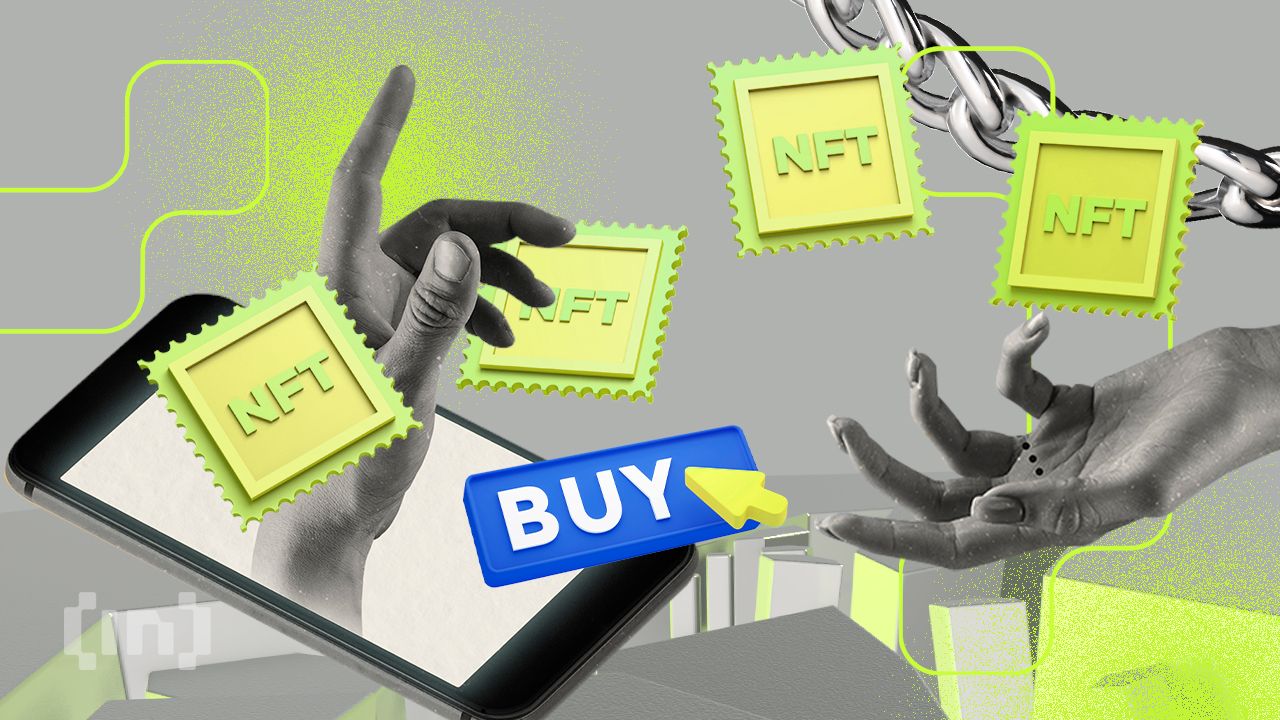Rising cyber threats are a real concern, fintech players say at BFSI summit
Financial institutions are 300 times more vulnerable to cyber attacks than any other industry, and the cost of remediating a cyber attack is 40 percent higher than any other industry, a recent study said. It has been proven time and time again that one of the main reasons a malicious attacker enters a financial network is financial gain.
The increasing cyber-attacks across the financial world as well as business in general are making senior executives more aware of the need for security.
“In fact, our chief security officer recently noted that in the past he would meet with the board of directors of companies probably once a year for 20 minutes, but now the amount of interaction we see with the board is 30 minutes every month. Cyber security is something that is on everyone’s mind,” Rajsri said Rengan, Head of Development – Banking and Payments – India and the Philippines FIS, at Business Standard BFSI Insight Summit.
Ranjeeth Bellary, partner, EY Forensic and Integrity Services, said: “Statistically, cybercrime today is the largest in terms of monetary value. In terms of crime, it has surpassed illegal drug trafficking, which used to be at the top in terms of crime. When it comes to the ()banking industry, there is…(much)…of valuable information that hackers can have in terms of individual users’ data, etc.
For cyber incidents, some responsibility also lies with individual users when they are not aware of sharing personal data, either online or in person, he said.
“In terms of the banking industry, I think security is a very regulated aspect and so the sector has evolved from that perspective. Also, a lot of fintechs have been very nimble, very agile in adopting security,” Bellary said.
He agreed that security as an aspect is not limited to the size of a company.
The theme of the session was “Who is leading the way in banking technology?”
Building for change proactively is an ingrained practice, said Akshay Mehrotra, co-founder and CEO of Fibe (formerly EarlySalary).
“We believe that technology changes every three years. And we have to destroy what we have built. In fact, as of this morning, we rolled out our version 3, where we destroyed every part of the railway technology that we built before. This means that the new the platform is far more stable. It’s meant to handle maybe 20x, customers, and get us through the next three years of growth. That also meant being far more secure. It’s based on a conceptual conversational interface (user interface), which means that every new consumer is different, and every time I speak, I can change my platform to accommodate them, he said.
Every fintech company wants to be a bank and banks are looking at the agility of a fintech firm,” said Anuj Kacker, co-founder Freo, a start-up bank, and member of the executive committee of the Digital Lenders Association of India (DLAI). “If that’s the case, why should customer security be treated any differently.”
He pointed to the recent Reserve Bank of India (RBI) guidelines, the cornerstone of which was customer protection and customer data privacy.
The panel welcomed the recent RBI guidelines for the digital lending segment. Mehrotra said this was for the first time that a guideline proactively looks at how to build business. “It comes very early in the life of the sector. Usually this happens when the sector is (worth) a few billion dollars… It’s given a clear path on how to build a company, and more importantly how to structure the organization in the right way. How does the interaction between risk, customer and technology need to be created? Every time the regulator puts in clear pieces, you see these markets expand dramatically quickly, we saw that with UPI (unified payment interface),” he added.
The clarity that these guidelines have given the players, Mehrotra believes, is that the lending sector could become a $1 trillion industry over the next three years.

